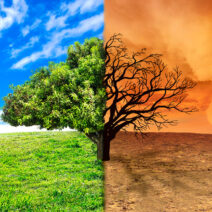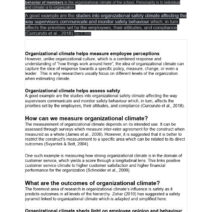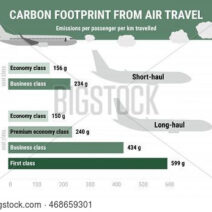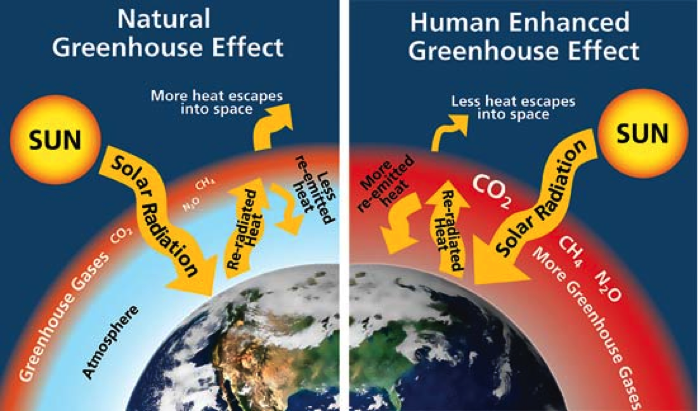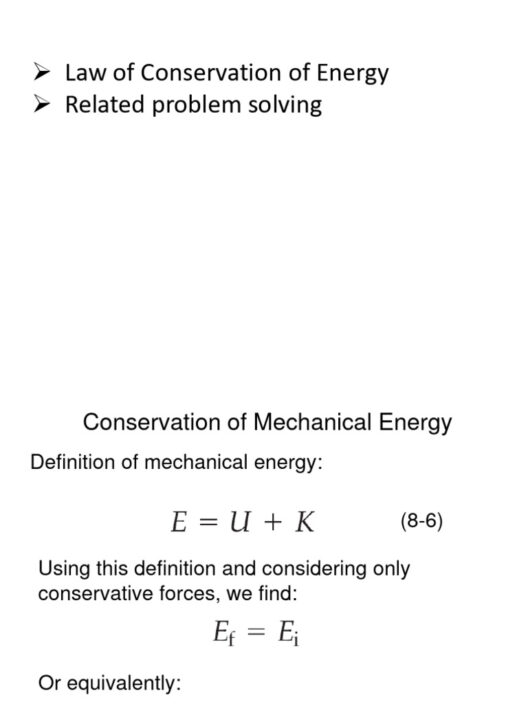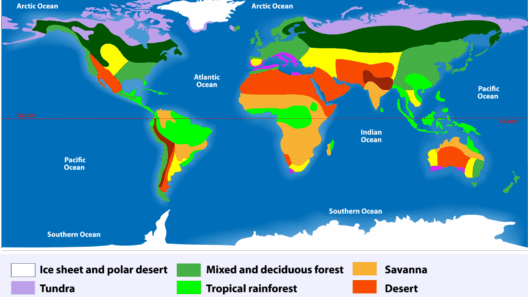In recent years, the terms “climate change” and “global warming” have become ubiquitous within the discourse surrounding environmental issues. While many individuals conflate these terms, it is imperative to delineate their distinctions and understand the nuances that separate them. Ignoring these differences can lead to misunderstandings about the urgency and the nature of the challenges we face. Thus, to cultivate a deeper comprehension, we must embark on a journey to explore the intricacies of global warming and climate change.
To begin, let us parse through the definition of global warming. Global warming refers specifically to the long-term increase in Earth’s average surface temperature due to human activities, notably the emission of greenhouse gases such as carbon dioxide and methane. This phenomenon has been accelerated since the Industrial Revolution, driven by the burning of fossil fuels, deforestation, and various industrial processes. The ramifications of global warming are indeed alarming; melting ice caps, rising sea levels, and increasingly erratic weather patterns are but a few of the manifestations illustrating this trend.
On the other hand, climate change encompasses a broader spectrum of alterations occurring within the Earth’s climate system. While global warming is a subset of climate change, the latter captures not only the rising temperatures but also the resultant shifts in precipitation patterns, more frequent and intense meteorological events, and long-term changes in weather conditions. Definitions of climate change even extend to natural phenomena, such as volcanic eruptions or solar radiation variations, that can affect global temperatures, although the current focus remains primarily on anthropogenic influences.
Given this differentiation, it becomes evident that the two terms, while interrelated, are disparate in scope. Global warming provides the framework for understanding temperature phenomena, whereas climate change weaves together a tapestry of varying regional climate dynamics. This leads us to consider whether the distinction holds significant implications for policy-making and public perception.
Understanding the difference between these two concepts illuminates the necessity for comprehensive action plans. For instance, if one were to solely concentrate on mitigating global warming, they might pursue strategies that emphasize the reduction of carbon emissions. However, an exclusive focus on this aspect could inadvertently overlook essential components addressed by climate change initiatives, such as adaptation strategies for communities vulnerable to severe weather events. Addressing global warming without a corresponding strategy for climate resilience could leave societies unprepared for the inevitable changes that climate change induces.
Moreover, terminology plays a critical role in shaping public perception and, subsequently, the urgency with which we approach environmental issues. Terms carry weight; the term “climate change” can often seem less alarming than “global warming.” This linguistic nuance can impact the passion with which the public engages; if climate change is perceived as an abstract, gradual shift, individuals might not grasp the immediacy of the crises we face. Understanding that global warming is a direct contributor to the wider phenomenon of climate change compels individuals to acknowledge that action is not only necessary but urgent.
Importantly, the discussion surrounding these terms extends into the realm of policy and governance. Political narratives often oscillate between these two phrases, reflecting the strategic positioning of various stakeholders involved in environmental policy. A clear understanding of the distinction informs advocacy efforts, enabling activists and policymakers to craft nuanced and effective communications that resonate with both decision-makers and the general public. Inherent in this lies a precept: the necessity of climate literacy. An informed populace is better positioned to advocate for policies that not only mitigate global warming but also foster resilient practices in light of climate change.
As we traverse through these complex ideas, grasping their interrelations is fundamental to understanding our planet’s future. Allowing ourselves to be curious about these distinctions can lead to a richer discourse and actionable solutions. It can evoke a sense of responsibility and urgency that the environmental agenda demands. The acknowledgment that global warming is a causative factor of climate change can galvanize both public and private entities to embrace comprehensive strategies that tailor interventions towards mitigating greenhouse gas emissions while simultaneously preparing for the broader ecological and social impacts of a changing climate.
Ultimately, the discourse surrounding climate change and global warming is not merely academic; it reflects a profound obligation we hold towards our planet and future generations. Recognizing these terms as interconnected yet distinct empowers us to engage more fervently in advocacy and policy-making. The ramifications of our actions, or inactions, extend beyond individual borders, resonating through ecological, social, and economic dimensions. To encapsulate the essence of this dialogue: while global warming offers insights into our rising temperatures, climate change elucidates the shifting landscapes we are likely to encounter. In embracing both concepts, we unlock a fuller understanding of the pressing environmental challenges that confront humanity.
In conclusion, the intricacies of global warming and climate change mandate a relentless pursuit of knowledge and awareness. As we move forward, fostering curiosity and promoting climate literacy will generate a well-informed populace capable of addressing the environmental turmoil ahead. The time for action is now; we must not defer our responsibility to comprehend the nuances of these interconnected phenomena. By doing so, we not only safeguard our local communities but also contribute to a global effort that seeks to preserve the dignity and vitality of our shared Earth.
